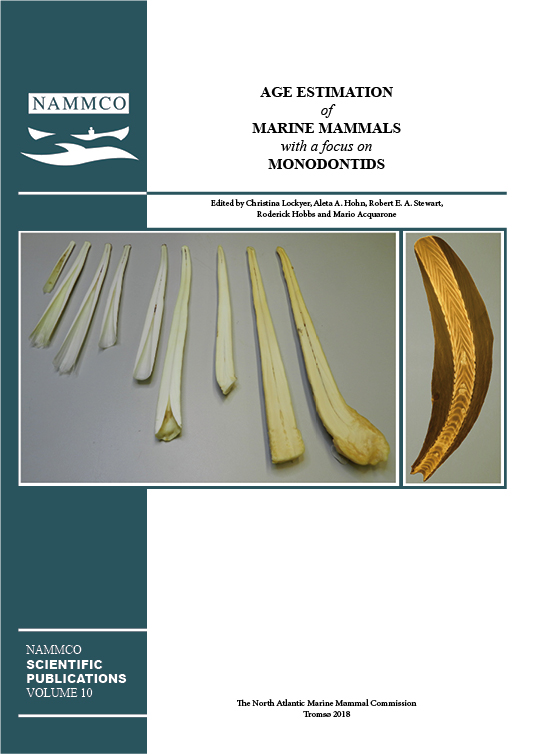Inter-lab comparison of precision and recommended methods for age estimation of Florida manatee (Trichechus manatus latirostris) using growth layer groups in earbones
DOI:
https://doi.org/10.7557/3.3786Keywords:
manatee, ageing, earboneAbstract
Manatees are routinely aged by counting Growth Layer Groups (GLGs) in periotic bones (earbones). Manatee carcasses recovered in Florida between 1974 and 2010 provided age-estimation material for three readers and formed the base for a retrospective analysis of aging precision (repeatability). All readers were in good agreement (high precision) with the greatest apparent source of variation being the result of earbone remodelling with increasing manatee age. Over the same period, methods of sample preparation and of determining a final age estimate changed. We examined the effects of altering methods on ease of reading GLGs and found no statistical differences. Accurate age estimates are an important component for effective management of the species and for better models of population trends and we summarize the currently recommended methods for estimating manatee ages using earbones.





